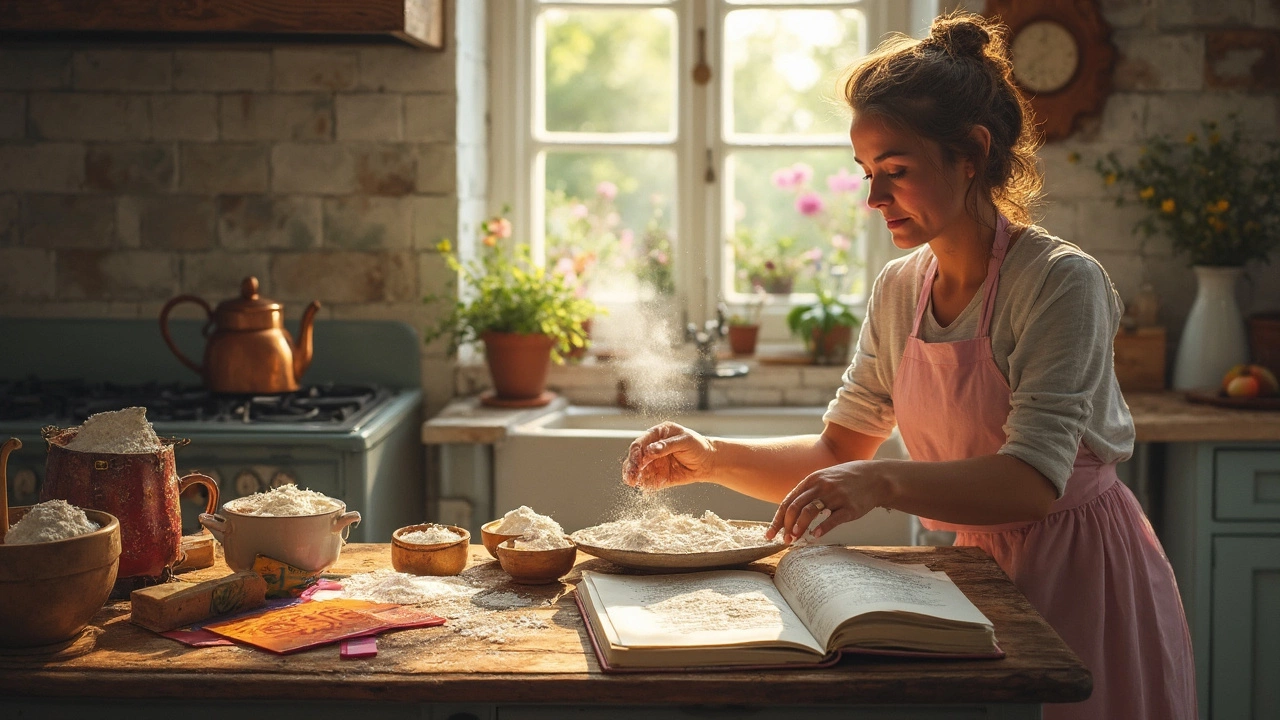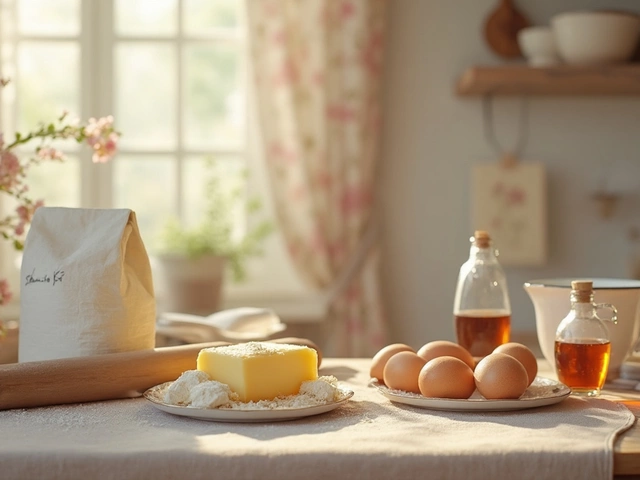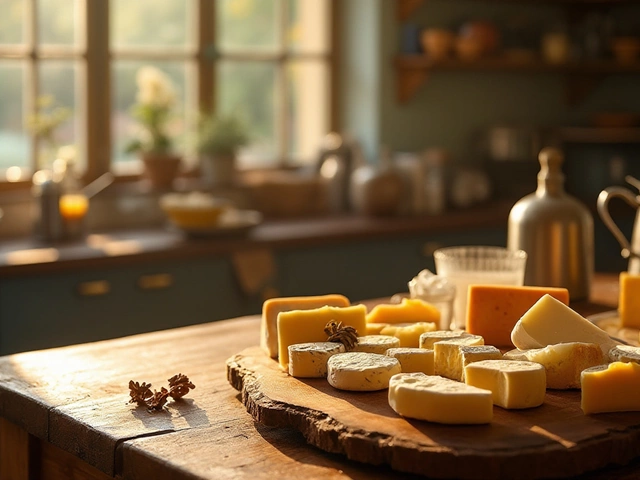Flour Substitution Guide: Quick Swaps That Actually Work
Ever ran out of all‑purpose flour right before a batch of cookies? Or maybe you need a gluten‑free option for a friend. The good news is you don’t have to scrap the recipe. There are plenty of pantry staples that can step in, and they’re not as tricky as you think.
Common Everyday Substitutes
Whole‑wheat flour is the first go‑to. It’s just regular flour with the bran and germ left on. Use it in a 1:1 ratio, but expect a denser crumb. If you want that gentle texture, swap half the all‑purpose for whole‑wheat and keep the rest as is.
Almond flour brings a nutty flavor and extra moisture. It works great in cakes, muffins, and cookies. Because it’s heavier, replace every cup of all‑purpose with about ¾ cup almond flour and add an extra egg or a splash of milk to balance the dry feel.
Oat flour is a simple DIY. Just blitz rolled oats in a blender until fine. It’s perfect for pancakes and quick breads. Use it 1:1, but add a little extra baking powder to help the rise.
Rice flour and potato starch are the classic gluten‑free duo. Mix them equal parts for a texture close to wheat flour. This blend works well in things like tempura batter or light cakes.
For a low‑carb twist, grab coconut flour. It soaks up a lot of liquid, so start with ¼ cup for every cup of regular flour and bump up the eggs or water by a few tablespoons.
How to Use Them Right
First, check the recipe’s structure. Bread needs strong gluten, so swapping in gluten‑free flours will change the rise. For bread, look for a blend that includes xanthan gum or add a teaspoon yourself.
Second, adjust the liquid. Many alternative flours are drier or wetter than wheat. Add a tablespoon of milk or water at a time until the batter looks like a typical pancake mix – smooth but not runny.
Third, mind the flavor. Almond and coconut flours add noticeable taste. If you want a neutral base, stick with rice flour and potato starch or a commercial gluten‑free all‑purpose mix.
Lastly, don’t forget the leavening. Some substitutes need a bit more baking soda or powder to lift the batter. A rule of thumb: add ¼ teaspoon extra for every cup of gluten‑free flour you use.
Testing is part of the fun. Start with a small batch, note how the texture turns out, then tweak the ratios for the next run. Before you know it, you’ll have a go‑to substitution chart for every recipe in your kitchen.
So the next time you’re caught short or need a dietary tweak, reach for one of these simple swaps. Your baked goods will stay delicious, and you’ll save a trip to the store.





